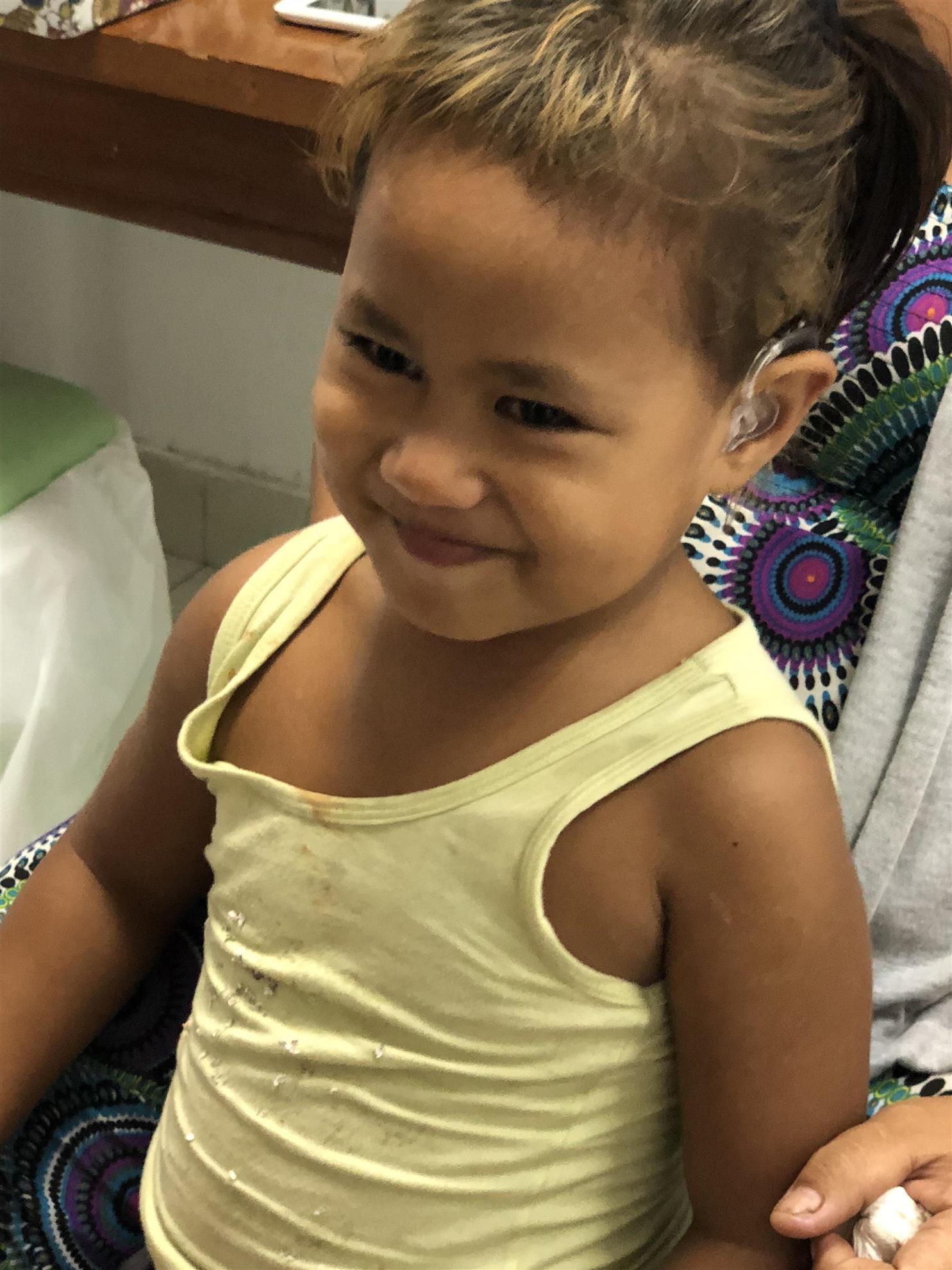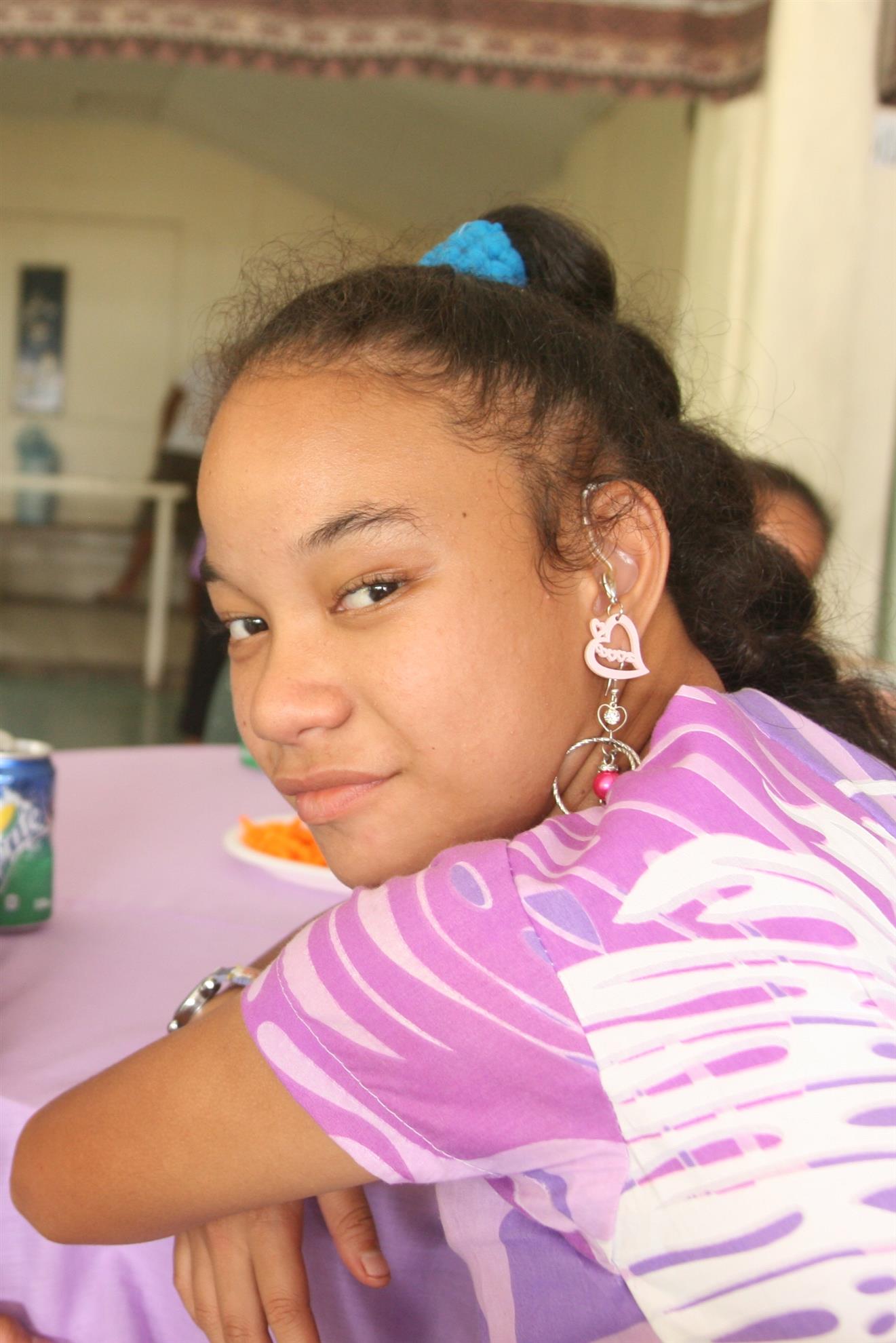My colleague Heba Hamdan, who is an audiologist with a hearing aid company called GN Resound, organized the donation of 140 hearing aids, equipment and accessories for use in Samoa and the Philippines.
A few days ago, my wife Cristy and I drove to the offices of GN Resound in Macquarie Park to collect a large box full of these items from Heba. We will send them to our colleagues overseas who will fit them, at no charge, to deaf children. In Samoa, where we are working with the Senese centre for Inclusive Education and in the Philippines, where we work with the audiology clinic at the University of Santo Tomas in Manila. The clinic in the Philippines is run by students from the Masters in Audiology program.
Heba spoke at one of our Rotary meetings a few years ago about the problems of hearing loss and how hearing aids can help. Apart from her Master’s degree in Audiology, she also has a Master’s degree in Public Health and she provides audiological support for GN Resound customers.
As many of you know, hearing loss can have a catastrophic effect on the education of a deaf child. We have fitted more than 200 children with hearing aids in Samoa over a period of twelve years. A good example was a 15-year-old girl, who was noticed by a teacher of the deaf for the Senese centre, wandering around on the street on a school day. She was rather unkempt and rather depressed and had dropped out of high school, as she could not hear the teacher. She was tested by the Senese staff and on our next visit, we fitted her with hearing aids. We saw her a few months later in a smart School uniform, attending a high school with the help of a sign language interpreter. There are many similar stories.
On our visit to the GN Resound offices, Cristy and I were also able to tour the GN Resound offices and saw the latest state of the art custom-made earmould manufacturing lab. An impression of the ear is made by injecting soft silicon material into the ear canal, which is then scanned. The image is stored on the system, cropped and modified using computer-aided design software and sent to a 3-D printer, which produces an earmould. The system is very impressive, but is of course expensive, partly due to the health regulations, which regard an earmould as a medical device.
I learned to make earmoulds in the UK in the 1970’s, when we took an impression of the ear and carefully placed it in plaster of Paris. When the plaster of Paris set, the impression was then removed and the resulting cavity in the plaster of Paris was filled up with a mixture of liquid and resin to produce a Perspex earmould. It had to be carefully ground, drilled and polished. It was all too easy to produce a really bad ill-fitting earmould. It was amazing to see how things had moved on in the last 50 years.
-Philip and Cristy Newall



